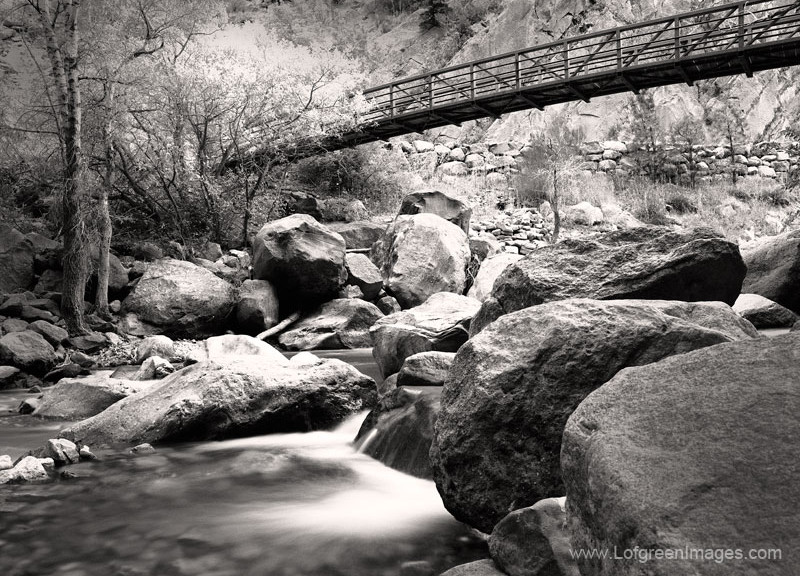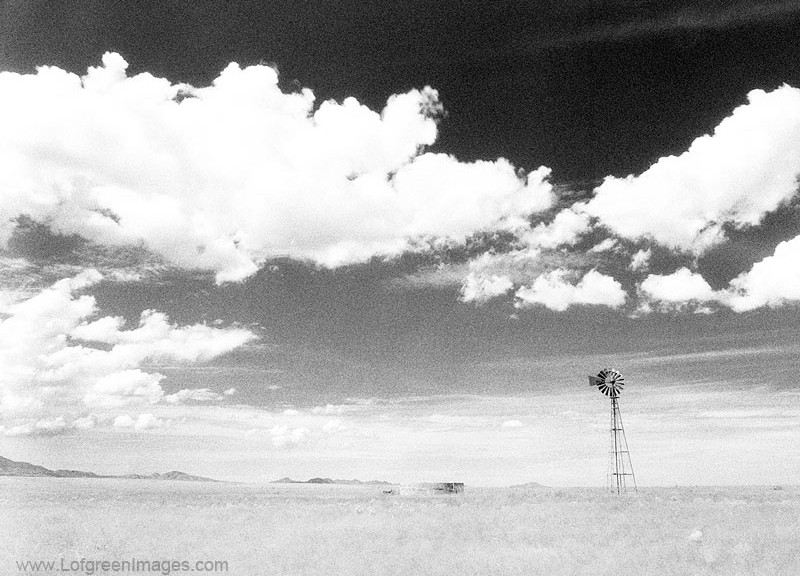I was lucky enough to be able to take a trip to Buenos Aires and Sydney Australia last January. I was traveling for business and had to pack light. If I had my choice I would have left the suit coat and business attire at home and brought my Mamiya 645 gear with me. Considering the level of meetings I was to attend, that was not an option.
Being selective with what gear I was going to take with me was going to be tough. Considering I had never been to either Buenos Aries or Sydney before I didn’t really know what to expect or what to plan for. Because I was going to have to keep my gear to a limit, I would be packing a 35mm kit to save on size and weight.
 Downtown Sydney Australia, Pentax ME Super, 24mm Lens, Arista.EDU 400 ISO film
Downtown Sydney Australia, Pentax ME Super, 24mm Lens, Arista.EDU 400 ISO film
The smallest 35mm body I have is a Pentax ME super. It is a really compact camera with a great automatic exposure system as well as full manual control. All in a package as small as a Leica. I love to use this camera for street shooting too. Not to mention I just love the sound of the shutter on this little gem. With the decision made of what camera to take I had to whittle down what my lens choices were going to be.
I knew that my opportunities for photography on this trip were going to be limited to late evening or well after dark. I was hoping to be able to shoot some wide cityscapes but I wasn’t sure how close I could get to the subjects that I wanted to photograph. Also, to make sure I was going to get the most out of a small 35mm negative, I knew I had to stick with prime lenses. I couldn’t afford the distortion of a zoom. With all of that in mind I chose to take my 24mm f2.8 wide angle and my 50mm f1.7 prime lenses. Both small and light.
 Downtown Buenos Aires Argentina, Pentax ME Super, 24mm Lens, Arista.EDU 100 ISO film
Downtown Buenos Aires Argentina, Pentax ME Super, 24mm Lens, Arista.EDU 100 ISO film
For film I wanted to use something that could handle the contrast of night photography and show some texture but not too much grain so I would have enough to work with when enlarging to a big size print. I decided to go with Arista.EDU films, both 100 iso and 400 iso. I really like the classic structure of the image that this film produces. I could have chosen one of the T grain films but thats for another post.
Finally, I had to pick a convenient tripod that would fit in carry on luggage and make sure I had enough batteries, shutter release and any filters I might need.
Between the two cities I was able to expose 6 roles of film. I just happen to be in Sydney for Australia Day (like 4th of July in the U.S.) and got to celebrate with millions of people in downtown Sydney. It was a blast, I just loved the Australian hospitality. Overall I am very pleased with the images I have from the trip. You can see a couple here in this post. It was a great trip and I have several more posts to come with some other images from this trip.






